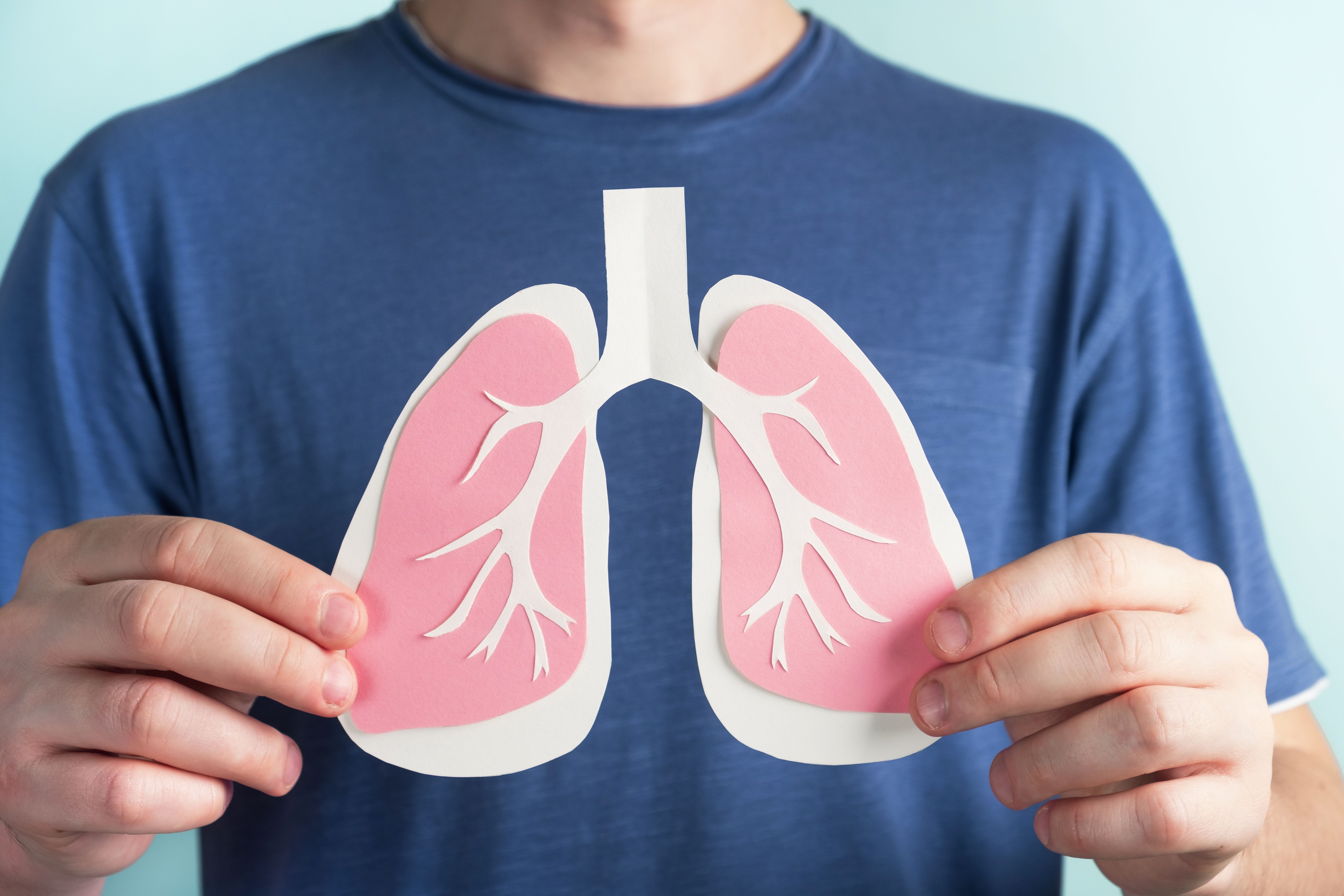Article
Specialty Nurses Attached to EDs Improve Asthma Care After Discharge, Study Shows
Author(s):
The findings in this study uncovered some critical gaps in asthma care that are linked to worse outcomes.
The lack of patient education for those with asthma, adherence issues, not having a regular source of care, or other reasons are some of the factors as to why patients with asthma are frequently seen in emergency departments (ED), even though the disease is largely manageable and controllable.
A recognized problem worldwide, asthma also occurs in Singapore, which has a universal system of health coverage. A recent study sought to determine if placing nurses specially trained in asthma management in EDs could improve quality outcomes for this group of patients.
When asthma worsens at night, as it often does, patients seek out the ED. Previous studies have found that EDs vary widely in evaluation and treatment and that at discharge there are low rates of prescription of systemic corticosteroids and inhaled corticosteroids (ICS), written discharge advice, and intructions about following up post discharge. In Singapore, the authors found previously that a higher ED re-attendance rate was linked to poor adherence to care guidelines and that just 59% of patients leaving the ED were given a course of systemic corticosteroids.
In this quality improvement study, the same researchers sought to increase adherence rates to recommendations from the Global Initiative for Asthma (GINA) ED discharge management asthma guidelines, namely, the prescription of oral corticosteroids (OCS) and ICS and a directive for outpatient follow-up. By placing after-hours nurses in the ED, the researchers believed they could reach an 80% adherence rate to the GINA guidelines.
The program, called Asthma-COPD Afterhours Respiratory Nurse at Emergency (A-CARE), provided after-hours asthma counselling and clinical decision support to ED physicians 3 nights a week.
Working Monday, Tuesday, and Friday, a nurse would provide asthma counselling to patients, including education, inhaler device training, and personalized written action plans. The nurse would also work directly with the ED doctor at discharge, providing face-to-face recommendations and reminders to prescribe a course of OCS, initiate controller-naïve patients on ICS, and issue outpatient asthma follow-up review.
The nurse also tracked the attendance rates of patients who were referred to respiratory clinics for follow-up, as well as the compliance rate of OCS prescription, starting the ICS, and following through with an outpatient visit.
After 17 months’ follow-up, patients seen by the A-CARE nurse had an increase in their median adherence rates to OCS prescription (58% vs 86%), ICS initiation (27% vs 67%), and issuance of follow-up (69% vs 92%) compared with those who did not. Attendance rates for patients referred to outpatient follow-up visits in the Respiratory Department also were higher for those receiving asthma counselling (41.7% vs 15.9%; P = .0388).
In addition, the findings uncovered some critical gaps in asthma care that are linked to worse outcomes. These gaps occur not only in Singapore but internationally, the authors noted.
Three-quarters of the patients seen by the nurse had not had previous asthma counseling. In addition, 30% were not on any regular controller inhalers and 30% did not have any prior regular asthma follow-up.
However, the overall impact was blunted due to a low referral rate (16%) of patients to the program, in an audit of all ED patients with asthma. Although the program had support from senior physicians and executives, “Some degree of buy-in from ED physicians was lost when they tried to mistakenly make referrals on nights when A-CARE was not available,” the authors reported. But the primary reason for the low referral rate was the lack of buy-in from junior physicians, who felt overburdened with yet another task, the researchers wrote.
“While it may not be optimal to deliver asthma education to a patient with an active exacerbation in the ED, it may be the only opportunity to do so for some patients,” the authors wrote.
But reaching these patients is critical, they said. “Failure to provide ICS controller medication and follow-up assessment have been consistently cited as avoidable factors in national audits of patients with fatal or near-fatal asthma in Singapore and internationally,” they noted.
Future programs will look to embed the A-CARE with nurses within the ED and empower them to make their own referrals, the researchers said.
Reference
Chew SY, Leow JYL, Chan AKW, et al Improving asthma care with Asthma-COPD Afterhours Respiratory Nurse at Emergency (A-CARE). BMJ Open Quality. 2020;9:e000894. doi:10.1136/bmjoq-2019-000894
Newsletter
Stay ahead of policy, cost, and value—subscribe to AJMC for expert insights at the intersection of clinical care and health economics.





